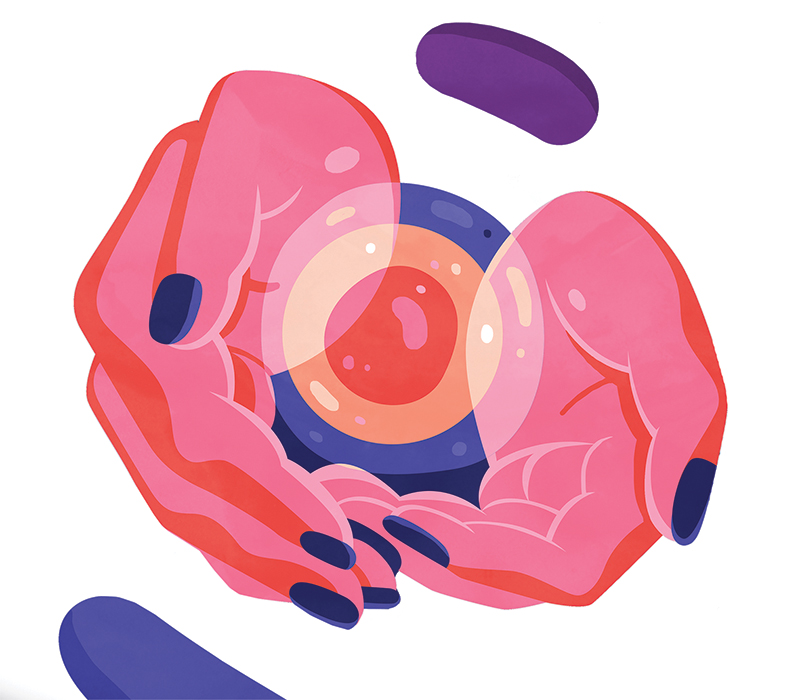Fertility on Ice

Our worlds are getting busier day by day. Education and career are so competitive that having a baby can result in a setback. Working ladies are not left with many options when it comes to choosing between work and giving birth. Egg freezing has proven to be a boon for such determined couples who wish to plan a baby a little later.
Egg freezing is a mechanism for extracting and storing the female eggs to be fertilized when desired. This process involves the collection, freezing and preservation of the eggs as a way to preserve the reproductive potential of women for later (appropriate) and preferable time. This has been developed primarily to allow people who do not want to get pregnant in the most desirable and productive period because of studies or other circumstances. Over many years frozen eggs can be preserved without affecting the quality of the eggs. The frozen eggs can be un-freeze, fertilized and moved to the women’s uterus when the woman wants to marry, contributing to childbirth. Egg freezing has also helped women to combat infertility. This infertility treatment is sought after by a large number of job oriented women.
Couples planning to conceive later presents numerous risk factors on the quality of the egg and also on the chances of fertility. Egg freezing is mainly for those who do not want to compromise on these factors or take chances. Researches worldwide have shown a decline in the level of germ cell loss among women with age. Nevertheless, even in the very old age, the vagina remains fully operational. Therefore, you could give birth to a healthy baby at an older age, because the womb would work correctly after 35 years. This is a method rather than simply a fertility treatment.
The research has shown that the chance of pregnancy declines gradually after the age of 32. Women from 35 to 40 have a reduced fertility rate. It is reduced by half. Additionally, aged women are highly at risk of pregnancy or birth complication. The frozen egg may be used in this case.
Freezing of eggs is similar to hormone-injection in-vitro-fertilization. The drug dosages are determined with a pre-blood test or pelvic ultrasound. The females are pumped for 10-12 days of hormonal enhancement, which allows the eggs to develop (typically 5-6). The ovaries collect the larvae. The process includes a needle that travels into every ovary through the vaginal wall. The person will return home with 1-2 hour rest after set. It is vitrified after the eggs are collected. The eggs can be stored without affecting the value of the egg after vitrifying for years.
Until now, according to evidence, children born with this infertility treatment technique tend to be at no threat. The risk for girls is OHSS (ovarian hyperstimulation syndrome) vaginal/uterine bleeding. IVF-related complications may also be included, such as multiple pregnancies, early pregnancy or low birth weight babies.


